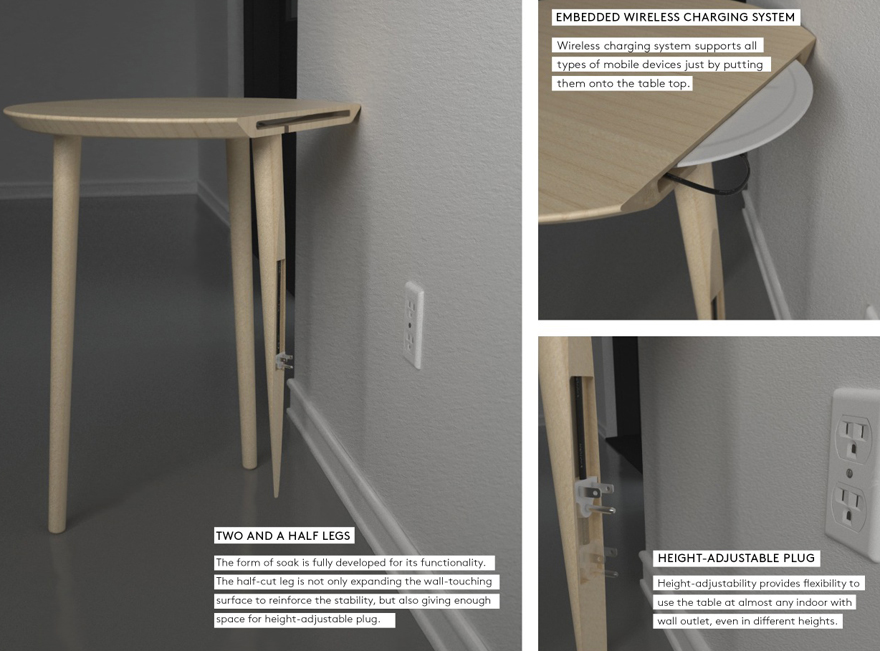

Interaction design has increasingly been supplementing (if not outright supplanting) industrial design when it comes to many of the products that we use on a daily basis, and technology continues to promise new ways to interact with objects, both within and without ubiquitous touchscreens. The Internet of Things may not yet be evenly distributed, but the Interaction category of the Core77 Design Awards continues to celebrate not only what's new and next but also the experiments and breakthroughs of the future made real.
Even so, the content itself is often familiar—if not outright commonplace—which only underscores how new modes of interactions have the potential to reinvent age-old experiences such as socializing, storytelling and wayfinding. Led by Jury Captain Aaron Siegel of Fabrica, the jury selected these projects and products—over a dozen in all—for top honors in the Interaction category of the 2014 Core77 Design Awards.

Professional Winner: Sadly By Your Side, by Angelo Semeraro and Davide Cairo
Turn your iPhone into a visual and musical remixing tool with Angelo Semeraro and Davide Cairo's Sadly By Your Side. Bring each song in the 8-track album to life by using the app in conjunction with the imagery in the accompanying booklet, or by 'scanning' the real world. By deeply integrating disparate media—an album, book and iOS app—the project easily stood out to the jury: "Sadly by Your Side captivated us visually and emotionally. It explored an interaction paradigm that was new to most people, and it bridged a number of disciplines and mediums while also rethinking how we experience music, causing the user to become a part of the composition process."
» Learn more about Sadly By Your Side

Student Winner: inFORM: A Dynamic Shape Display, by Tangible Media Group
MIT Media Lab's Tangible Media Group turned heads with their Dynamic Shape Display, and for good reason. The device turns digital data into virtual objects that can be manipulated in real life, allowing users to play with things that aren't actually there. "The integration of telepresent characteristics helps bridge the virtual divide with the additional fidelity of experience through haptic feedback," says the jury. "While we would love to see this scaled, we thought that even this prototype demonstration was extremely compelling and the fact that it got us talking for a lengthy amount of time about its different applications in the world very much pointed to its worthiness."
» Learn more about inFORM: A Dynamic Shape Display






 From Photo-Graphics, an ongoing series of cameras rendered in wood
From Photo-Graphics, an ongoing series of cameras rendered in wood Cover images for a Money Mark LP and the New York Times Magazine
Cover images for a Money Mark LP and the New York Times Magazine Inside HunterGatherer's studio in Brooklyn
Inside HunterGatherer's studio in Brooklyn










































